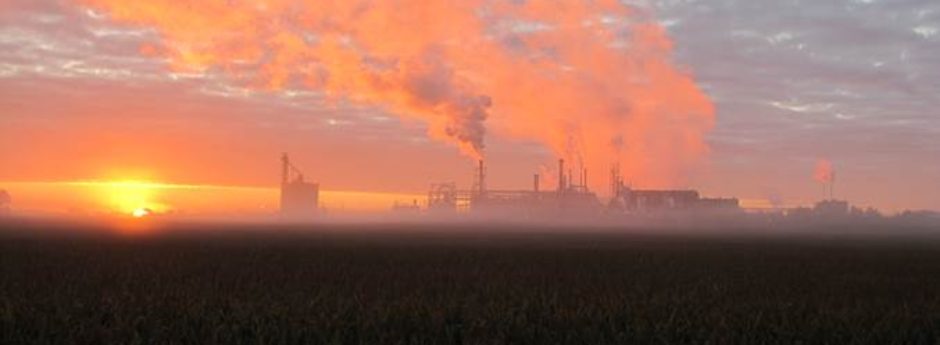Note: My personal blog is on indefinite hiatus, however I am cross-posting from my newspaper blog at The Marshall Independent and the print-only TV Guide.
Jeszcze Polska nie zginela,
Kiedy my zyjemy.
Co nam obca przemoc wziela,
Szabla odberizemy/
Poland is not lost,
While yet we live.
What foreign force has taken,
We will reclaim with the sword.
– Dobrowksi’s Mazurka, National Anthem of Poland
Today is Veterans Day in the United States, and Independence Day in Poland, two events linked by much history.
It is also Armistice Day, or Rememberance Day in Europe and the British Commonwealth, and Independence Day in Poland.
For me the meaning of November 11, is defined by the 13 years I lived in Poland, and by my children whose grandfathers were officers in the U.S. Navy and the Polish Army.
The holidays are all linked to the date of the signing of the armistice that ended World War I. On that day in 1918, hostilities formally ceased in Europe. With the defeat of Germany and Austro-Hungary, and the fall of the Russian monarchy, the nation of Poland was reborn 122 years after being partitioned and absorbed by the three powers.
In the “Fourteen Points” speech given by President Woodrow Wilson to a joint session of congress on January 18, 1918, outlining his hopes for a just peace, point 13 was, “An independent Polish state should be erected which should include the territories inhabited by indisputably Polish populations, which should be assured a free and secure access to the sea, and whose political and economic independence and territorial integrity should be guaranteed by international covenant.”
That is why all over Poland there are streets and public squares named after Wilson.
The celebration of Independence Day in Poland was officially forbidden by the communist government and re-instituted by the Polish Third Republic in 1989. I remember parties where we’d celebrate with fireworks, just like in America. However, November is usually very cold in Poland, so we’d have the party inside, set off the fireworks outside, and run back inside to watch them through the window.
I used to tell my students about how much fun we have on American Independence Day, and I’d joke, “The next time your country is overrun, have your revolution in the summer.”
Of the many Polish veterans who have served in America’s wars, the first were Polish exiles who fought in the American Revolution. The best-known of these were Kazimierz Pulaski, who has been called “the father of American cavalry,” and Tadeusz Kosciusko, who designed and built the fortifications at West Point.
Pulaski saved the life of George Washington on one occasion, and died in the battle of Savanah. He is one of only seven people to be awarded honorary United States citizenship.
Kosciusko returned to Poland afire with the ideals of the Revolution. He supported the Constitution of May 3, 1791, the second constitution written in the world after the American, which extended more rights to the peasants and limited the power and privilege of the nobility. It was seen as a threat by the surrounding powers and in 1792 a faction of the nobility formed the Targowica Confederation and invited Catherine the Great of Russia to invade the Polish-Lithuanian Commonwealth to secure their power.
To this day “Targowicaniec” (“person from Targowica”) means “traitor” in Polish, in the same way we’d say “a Benedict Arnold.”
In 1794 Kosciusko led an uprising against Imperial Russia and the Kingdom of Prussia.
He lost.
Kosciusko spent the rest of his life in exile working in vain for the freedom of his country. When he died he left his fortune to buy the freedom of as many American slaves as possible, with the land, tools, and education necessary for them to support themselves.
During the years I lived in Poland, I saw the medal of the Order of the Cincinnati given by George Washington to Kosciusko in the Polish Military Museum in Warsaw, and a signed military communique written by Pulaski in the Pulaski Museum in Warka, Poland. And once while touring the crypt beneath Wawel Castle in Krakow, I came across the tomb of Kosciusko with a plaque in both English and Polish commemorating this fighter, “Za nasza i wasza wolnosc,” “For our freedom and yours.”
I wish I could describe for you how I felt when I stood in the presence of these relics.
For most of the 13 years between 1991 and my return to the U.S. in 2004, I taught English, wrote for American publications about the changes I saw in Poland, and in a small way helped in the rebuilding of that country so linked to ours by history.
Though I never made much money there, the wealth I took away with me was first and foremost my children, the friendship and respect of the people I met, and the heightened sense of closeness to my own country I found while living abroad.

One Response to Veteran’s Day/Polish Independence Day